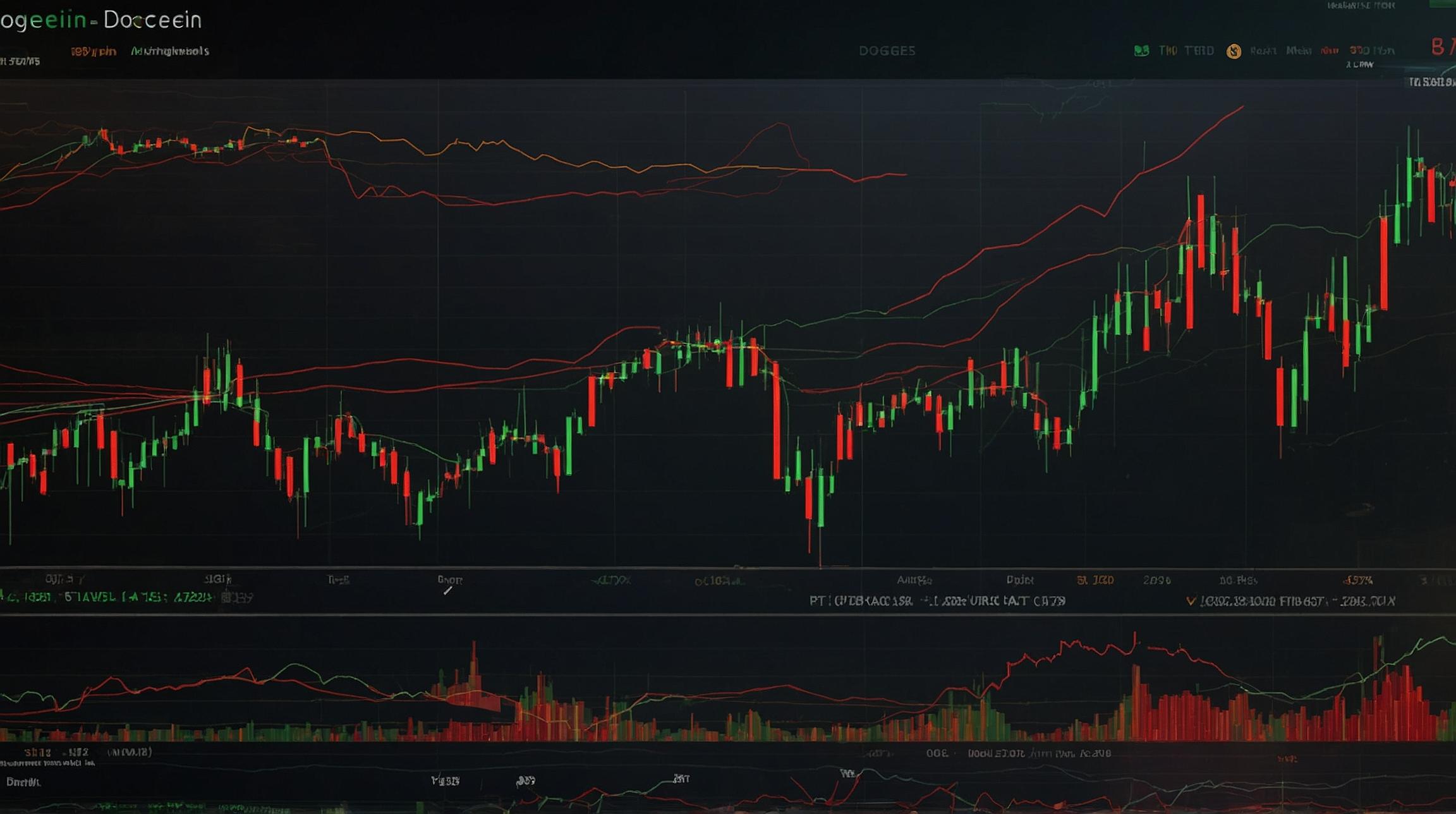The Impact of the DAO Attack on the Evolution of Cryptocurrency Governance
Rather than dividing the community, the attack spurred a movement towards self-governance and prioritizing network security.
Understanding the DAO Attack
In June 2016, the DAO Attack exposed serious weaknesses in the cryptocurrency industry, prompting a major shift in how Ethereum and its community handled such crises. Instead of splitting the community, the attack inspired a move towards self-governance and strengthening network security.
The Unfolding of the Attack
The crux of the DAO Attack was a flaw in the decentralized autonomous organization’s smart contract, which allowed an attacker to siphon off millions of dollars' worth of ether. This incident caused the price of ETH to crash, igniting debates on how to fix the issue while maintaining the network’s integrity.
Ideological Debates and Solutions
Various stakeholders proposed solutions such as soft forks and hard forks, each with different implications for the immutability of blockchain technology. The DAO Attack showed the delicate balance between protocol integrity and community interests, raising questions about bailouts and governance structures within decentralized networks.
Legal Ramifications and Regulatory Responses
In the wake of the attack, regulatory bodies like the SEC stepped in, setting a precedent for how cryptocurrency operations are scrutinized under existing securities laws. The DAO Attack triggered a regulatory shift that continues to influence the legal landscape of the crypto industry.
Looking Ahead
The outcome of the DAO Attack underscored the importance of community consensus in shaping the evolution of blockchain ecosystems. As the crypto space deals with challenges and innovations, the lessons learned from the attack serve as a crucial moment in redefining governance and security measures within the industry.
Additional Relevant Facts
- The DAO Attack led the Ethereum community to implement a hard fork to reverse the effects of the hack, resulting in the creation of Ethereum (ETH) and Ethereum Classic (ETC) as two separate blockchain networks.
- The incident raised concerns about the governance of decentralized autonomous organizations (DAOs) and smart contracts, prompting a greater focus on code audits and security practices in the cryptocurrency space.
- The aftermath encouraged the development of decentralized governance models like decentralized autonomous organizations (DAOs), aimed at enhancing transparency, accountability, and decision-making processes within blockchain projects.
Key Questions
- How can decentralized networks balance security measures with maintaining the autonomy and decentralization central to blockchain technology?
- What role should regulatory bodies play in overseeing and regulating cryptocurrency operations to prevent similar incidents?
- How can the crypto community ensure consensus and effective governance mechanisms to address security breaches and contentious issues like the DAO Attack?
Advantages and Disadvantages
- Advantages: The DAO Attack promoted a focus on security practices, leading to improved resilience and risk management within the cryptocurrency industry. It also emphasized the importance of community-driven decision-making and governance structures to address vulnerabilities effectively.
- Disadvantages: The incident sparked concerns about the immutability of blockchain technology and the potential for contentious hard forks to divide the community. It also highlighted the challenges of navigating regulatory landscapes and legal frameworks that can impact the governance of decentralized networks.













